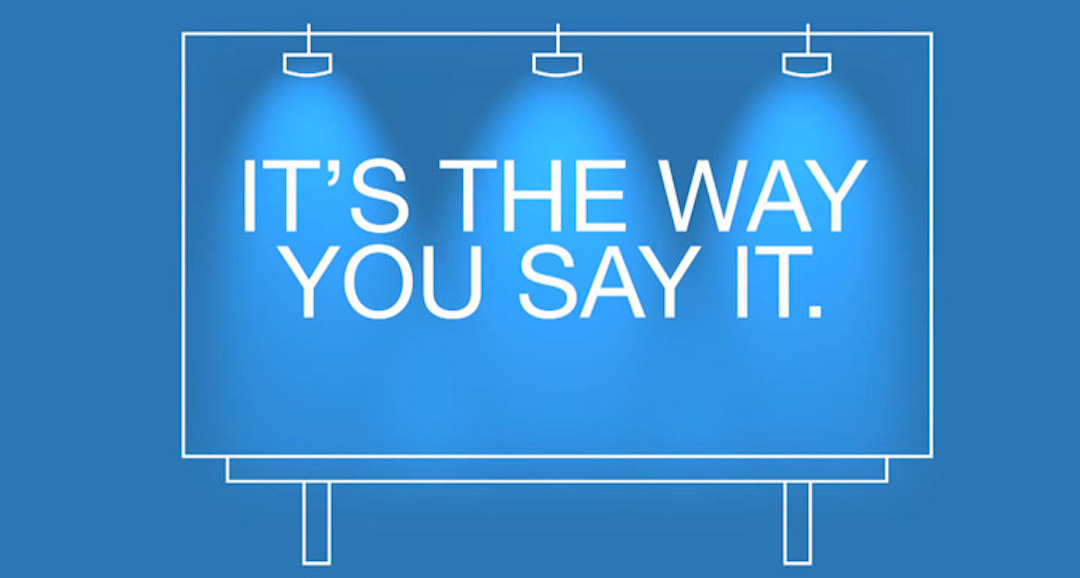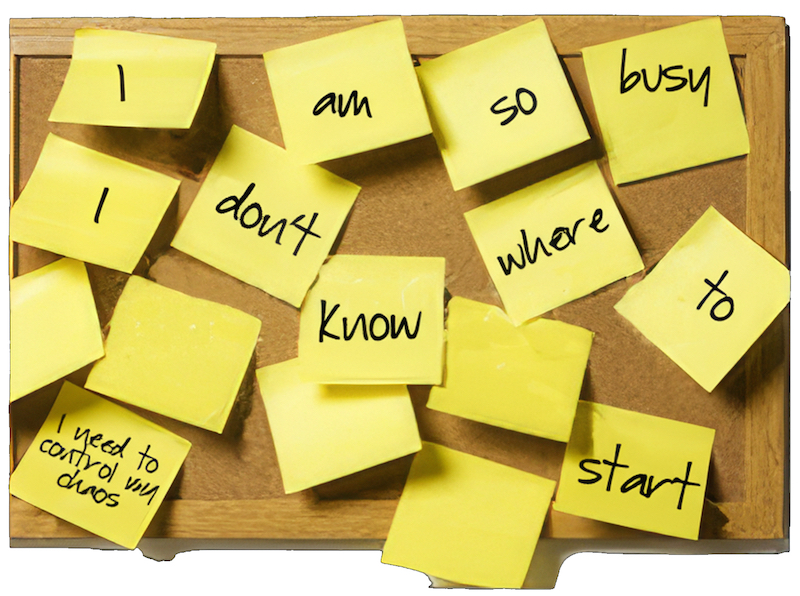23 Jan What to do When Writing Feels Like Groundhog Day by Kellie Brungard, GPC
Posted at 19:46h
in Case Statements, Competency Four, Inspiration, Kellie Brunguard, Narrative, Strategy, Writing
Did you wake up with a foreboding sense of deja vu? Like you've written the exact same narrative over and over again? There are not too many occasions when I can relate to Bill Murray waking up and reliving the same day, except when I find myself reworking the same narrative for another application. You know the feeling – when you have tried and true narrative pieces that perfectly depict the history, need, and program design that makes you feel like you are stuck on repeat?
So, what can you do when the programs aren’t changing, but you need to breathe some life into the writing? Here are some tips to refresh your writing and wake up feeling rejuvenated for a busy grant season!










